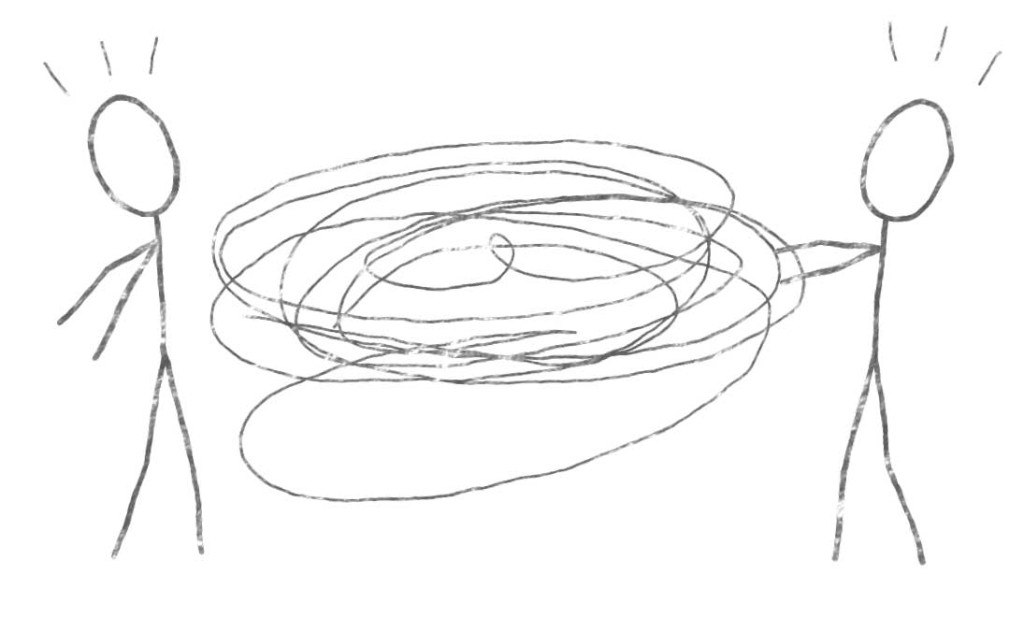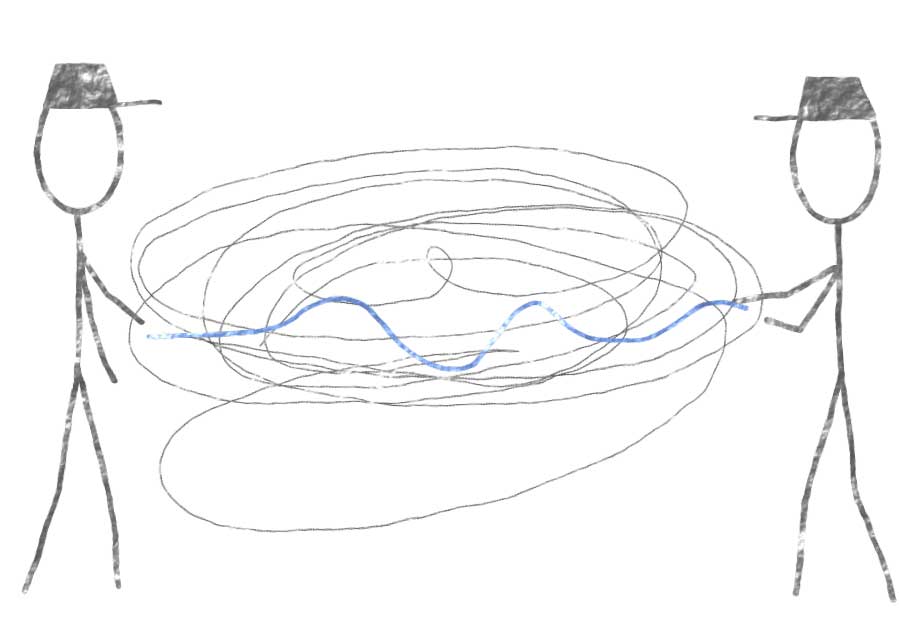Three Points to Learn from Holacracy
There’s a lot of buzz around holacracy1, new way to be organised. My great mentor Tony Virtanen2 recommended me a book by Brian J. Robertson, Holacracy: The Revolutionary Management System That Abolishes Hierarchy3. That is a book worth reading.
In very brief, holacracy replaces traditional hierarchy at work places with a very strict structure where everyone is responsible for their domain. Instead of units, it defines circles, roles and policies. Circles and roles can be re-arranged in the governance meetins4 by the initiative of anyone in the circles. If you are more interested in holacracy, I suggest consulting wikipedia1 and http://www.holacracy.org5.
Holacracy certainly is a beautiful idea. It is said to support adaptivity6 and keep motivation up7. It may also make working days more efficient. But it relies heavily on peoples motivation and readiness to take responsibility. Holacracy also require that purpose of company and circles (closest to departments in traditional organisations) are clearly stated, which is good. But what if goals of different circles don’t convergate? That is the case both in many government institutes and large corporations. Are holacratic organisations able to form new super circles for example to make larger alliances with other companies? May be hard, especially if the goals are new and in conflict with sub circles goals. I see lots of potential sub-optimization here.
But even holacracy may not be the right choice for all, there are couple of good ideas to be exploited:
- Meeting habits, specially tactical meetings8, defined in the holacracy constitution9 (and described in the book) can be useful. Even if one don’t want to follow the structure slavishly, one tension at the time10 is a very useful principle to keep meetings concise.
- ”What do you need?” is a great question to resolve tensions. It emphasises responsibility of individuals.
- Drawing circles as they exist at the moment and as they should exist is a great exercise. The diagram can be used in many ways. I’m going to dig into that in my next post.
To summarise, holacracy sounds great but can work only if crucial — and unfortunate rare — preconditions are met.
1 https://en.wikipedia.org/wiki/Holacracy
2 https://fi.linkedin.com/in/tonyvirtanen
4http://www.holacracy.org/governance-meetings
6http://www.fastcompany.com/3045848/hit-the-ground-running/heres-why-you-should-care-about-holacracy
7http://www.forbes.com/sites/stevedenning/2015/05/23/is-holacracy-succeeding-at-zappos/
8 http://www.holacracy.org/tactical-meetings
9 http://www.holacracy.org/constitution
10https://blog.holacracy.org/one-thread-at-a-time-7b297718bc59


